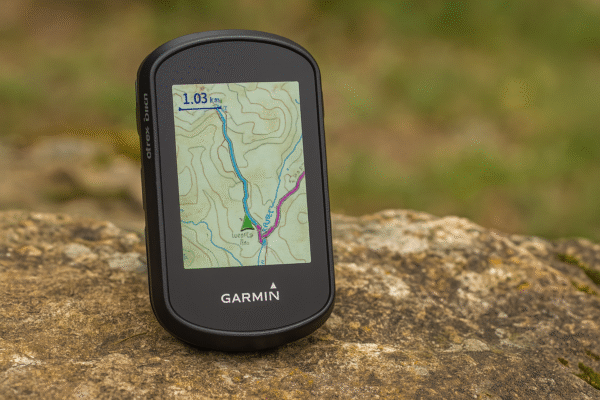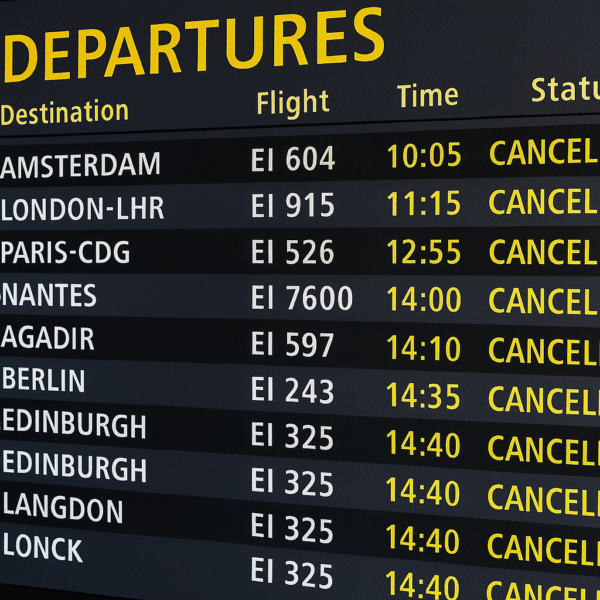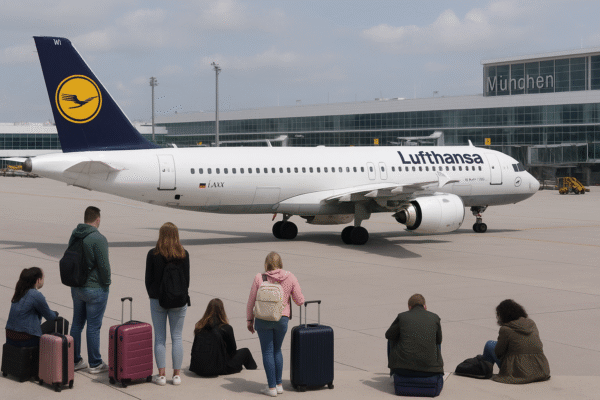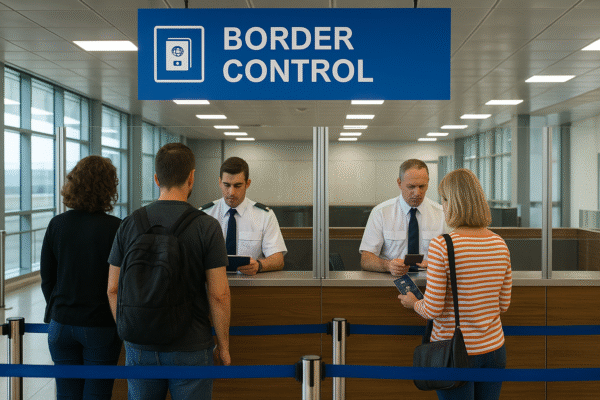Starting in October, UK tourists planning trips to Europe should brace for longer waits at passport control as new border procedures take effect across the European Union and Schengen Area. The introduction of the Entry/Exit System (EES) will transform the way non-EU nationals, including British travelers, are processed at borders. Airlines such as easyJet have already issued warnings that passengers should prepare for possible disruption during the early phase of the rollout.
The system, which officially launches on October 12, replaces the traditional method of manual passport stamping with a digital record. While the long-term aim is to streamline border checks and strengthen security, travelers may initially experience extended waiting times, particularly at busy entry points such as airports, ferry ports, and international train stations.
What Is the Entry/Exit System (EES)?
The EES is an EU-wide border management system designed to register travelers from outside the European Union and Schengen Zone who are entering or leaving the region for short stays. It works by capturing biometric data—fingerprints and facial images—alongside passport details. This information will then be stored in a secure database for up to three years.
By replacing physical passport stamps with digital records, the EES will automatically calculate how long a visitor has stayed within the Schengen Area. This ensures compliance with the widely known “90 days in 180 days” rule, which restricts short-term stays without a visa. The system will be applied to both visa-exempt travelers, such as British nationals, and those who require a short-stay visa.
Children under 12 will be exempt from fingerprinting but must still provide a photo as part of the procedure.
Why the Changes Are Being Introduced
The European Union has been working on modernizing its border systems for several years. The introduction of the EES responds to growing concerns about illegal overstays, irregular migration, and the need for more robust security checks. By collecting biometric data, authorities will be able to verify traveler identities more effectively and reduce reliance on manual border controls.
Officials believe the system will not only enhance security but also improve efficiency in the long run. Once the rollout is complete, passengers are expected to move through checkpoints more smoothly compared to the traditional stamp-based process. However, during the transition period, border agents and passengers alike will be adapting to the new procedures—leading to the possibility of queues and delays.
Countries Implementing the EES
The EES will apply across nearly all EU and Schengen states. This includes popular tourist destinations such as France, Spain, Italy, Portugal, and Greece, as well as countries like Luxembourg, Hungary, Norway, Switzerland, and Malta.
In total, 25 EU members and four Schengen-associated states are preparing for the system, covering almost every border a UK traveler might use. Whether arriving by air, rail, or sea, tourists from Britain will encounter the new checks.
How UK Tourists Will Be Affected
For British holidaymakers, the EES represents a significant shift in how travel to Europe works post-Brexit. Previously, UK citizens enjoyed freedom of movement within the EU, but since leaving the bloc they are classified as “third-country nationals.” This means they are subject to the same entry conditions as visitors from other non-EU countries.
From October, when departing or arriving at ports such as Dover, Folkestone’s Eurotunnel terminal, or London’s St Pancras International, UK travelers will be required to undergo biometric registration. Airlines including easyJet have advised customers to allow extra time for border processing. Passengers should expect queues, particularly during peak holiday periods and school breaks.
Connection to Future ETIAS Scheme
The EES is only one part of broader reforms to EU border management. Another program, the European Travel Information and Authorisation System (ETIAS), is scheduled to begin between late 2026 and early 2027. Under ETIAS, UK nationals and other visa-exempt travelers will need to apply online for pre-travel authorization. This authorization, which will cost around €20, will be valid for three years or until the traveler’s passport expires.
Unlike the EES, which focuses on border entry and exit records, ETIAS is designed to pre-screen visitors for security risks before they arrive in Europe. When both systems are in place, travel will become more structured and secure, but also more formalized than in the pre-Brexit era.
Preparing for Travel During the Rollout
Travel industry experts recommend that UK tourists plan ahead to minimize disruption. Arriving early at departure points, ensuring passports are valid, and staying informed about airline guidance will be essential steps. Families traveling with children should also prepare them for the new photo requirements.
While the delays may be frustrating, travelers are reminded that these measures are temporary. Once fully implemented, the EES should reduce bottlenecks and make traveling across European borders more predictable.
Looking Ahead
The launch of the EES marks one of the most significant changes to European travel procedures in recent decades. For UK tourists, it represents a new era of travel to the continent—one that is more regulated, more secure, but also initially more time-consuming.
As the system gradually expands and becomes familiar to both border officers and travelers, the benefits are expected to outweigh the short-term inconvenience. Until then, patience and preparation will be key for anyone planning a trip to Europe this autumn and beyond.
For more travel news like this, keep reading Global Travel Wire

















